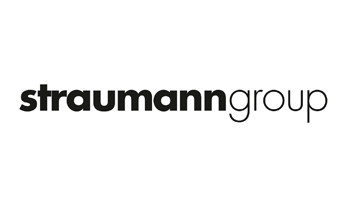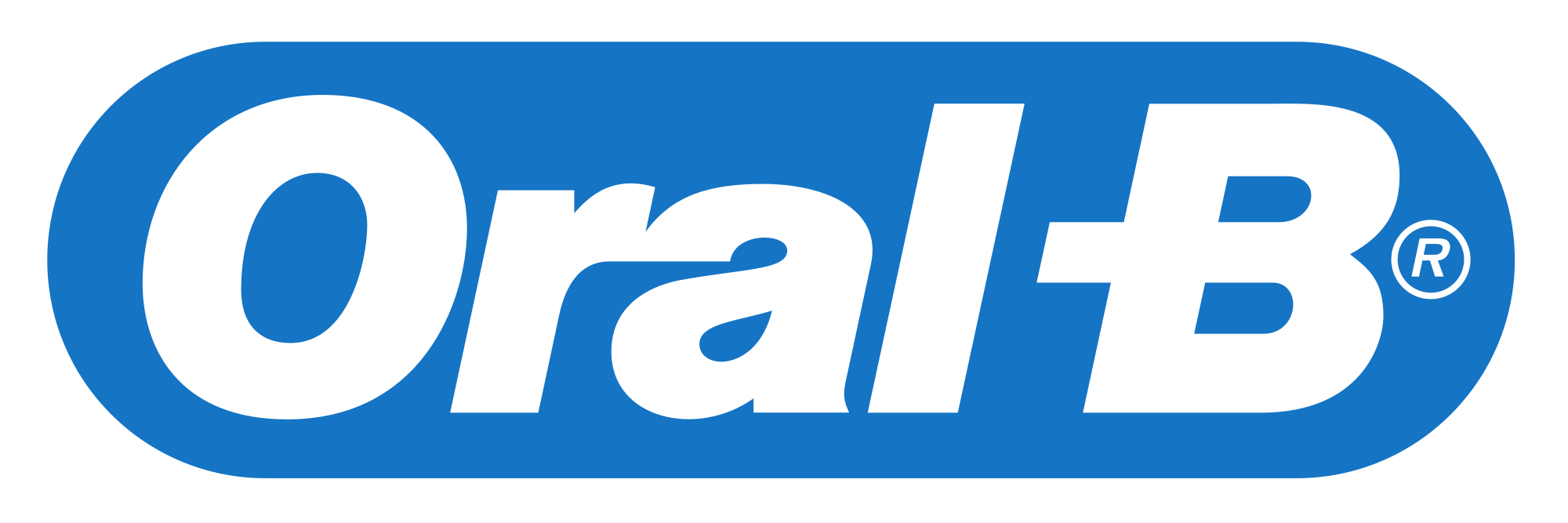Objective: Induced pluripotent stem cells (iPSCs) possess high pluripotency and differentiation potential and may constitute a possible source of autologous stem cells for clinical applications. However, the lengthy reprogramming process (up to one month) remains one of the most significant challenges facing standard virus-mediated methodology. The Gli-like transcription factor Glis1 is highly expressed in unfertilized eggs and one-cell-stage embryos. In this study, iPSCs were generated using a combination of primary human oral mucosal fibroblasts (HOFs) and episomal plasmid vectors expressing transcription factors, including Glis1.
Materials and methods: HOFs were established from oral mucosal tissue 3 mm in diameter from a 23-year-old Asian male using a skin trephine. Human iPSCs were generated from the established HOFs using the following episomal plasmid vectors: pCXLE-hOCT3/4-shp53-F that expresses OCT3/4 and short- hairpin RNA (shRNA) against p53, pCXLE-hSK that expresses SOX2 and KLF4, pCXLE-hUL that expresses L-MYC and LIN28, and pCXLE-hGlis1 that expresses Glis1.
Results: Fifty colonies of human embryonic stem (ES)-like cells were observed as early as 20 days after initial episomal plasmid vector transduction. The resulting cell lines shared several characteristics with human ES cells, including morphology, pluripotency-associated gene and protein markers, karyotype analysis and the ability to differentiate in vivo into all three germ layers.
Conclusion: Our method, combining the use of HOFs and episomal plasmid vectors expressing OCT3/4, shRNA against p53, SOX2, KLF4, L-MYC, LIN28 and Glis1, offers a powerful tool for safely and rapidly generating bona fide human iPSCs and facilitates the application of iPSC technology to biomedical research.
Editorial note: The full article was published in the 2/2016 issue of the Journal of Oral Science and Rehabilitation. Access the full article at www.dtscience.com.
At the annual meeting of the Channel3 group of key opinion leaders, held this year in June in Bologna in Italy, the fourth P-I Brånemark Award for Lifetime...
During the upcoming 2021 European Association for Osseointegration (EAO) Digital Days, Dr Franck Renouard will explain how human factors influence treatment...
LONDON, UK: Looking back in time through archaeology has revealed many insights to explain where Homo sapiens came from. By examining teeth, scientists have...
NEW YORK, U.S.: An international team of researchers from Israel and America has discovered a fossilized jawbone that they say is the earliest modern human ...
The human body contains over 200 different types of cells, which are organised into tissues and organs that perform all the tasks required to maintain the ...
The human body contains over 200 different types of cells, which are organised into tissues and organs that perform all the tasks required to maintain the ...
TÜBINGEN, Germany: For the general public, the debate as to where humankind originated might not seem like a current topic. However, the highly ...
PHILADELPHIA, U.S.: Stem cell research has been central to many developments in medicine. In a new study, scientists have investigated whether stem cells ...
BOSTON, U.S.: Electronic cigarettes are becoming increasingly popular. Although they are viewed by some as a safer alternative to smoking, their effects are...
TANGIER, Morocco: Planmeca devices are a common sight in modern Moroccan dental offices. Since entering the country’s dental market, Planmeca has rapidly ...
Live webinar
Mon. 13 May 2024
9:00 am EST (New York)
Live webinar
Mon. 13 May 2024
1:00 pm EST (New York)
Doc. MUDr. Eva Kovaľová PhD.
Live webinar
Wed. 15 May 2024
10:00 am EST (New York)
Prof. Dr. med dent. David Sonntag
Live webinar
Wed. 22 May 2024
12:00 pm EST (New York)
Dr. Nikolay Makarov DDS, MSC, PhD.
Live webinar
Thu. 23 May 2024
12:00 pm EST (New York)
Live webinar
Thu. 23 May 2024
12:00 pm EST (New York)
Martin Christopher Hoftvedt DDS, Joachim Scott Erenius DDS
Live webinar
Thu. 23 May 2024
6:00 pm EST (New York)



 Austria / Österreich
Austria / Österreich
 Bosnia and Herzegovina / Босна и Херцеговина
Bosnia and Herzegovina / Босна и Херцеговина
 Bulgaria / България
Bulgaria / България
 Croatia / Hrvatska
Croatia / Hrvatska
 Czech Republic & Slovakia / Česká republika & Slovensko
Czech Republic & Slovakia / Česká republika & Slovensko
 France / France
France / France
 Germany / Deutschland
Germany / Deutschland
 Greece / ΕΛΛΑΔΑ
Greece / ΕΛΛΑΔΑ
 Italy / Italia
Italy / Italia
 Netherlands / Nederland
Netherlands / Nederland
 Nordic / Nordic
Nordic / Nordic
 Poland / Polska
Poland / Polska
 Portugal / Portugal
Portugal / Portugal
 Romania & Moldova / România & Moldova
Romania & Moldova / România & Moldova
 Slovenia / Slovenija
Slovenia / Slovenija
 Serbia & Montenegro / Србија и Црна Гора
Serbia & Montenegro / Србија и Црна Гора
 Spain / España
Spain / España
 Switzerland / Schweiz
Switzerland / Schweiz
 Turkey / Türkiye
Turkey / Türkiye
 UK & Ireland / UK & Ireland
UK & Ireland / UK & Ireland
 Brazil / Brasil
Brazil / Brasil
 Canada / Canada
Canada / Canada
 Latin America / Latinoamérica
Latin America / Latinoamérica
 USA / USA
USA / USA
 China / 中国
China / 中国
 India / भारत गणराज्य
India / भारत गणराज्य
 Japan / 日本
Japan / 日本
 Pakistan / Pākistān
Pakistan / Pākistān
 Vietnam / Việt Nam
Vietnam / Việt Nam
 ASEAN / ASEAN
ASEAN / ASEAN
 Israel / מְדִינַת יִשְׂרָאֵל
Israel / מְדִינַת יִשְׂרָאֵל
 Algeria, Morocco & Tunisia / الجزائر والمغرب وتونس
Algeria, Morocco & Tunisia / الجزائر والمغرب وتونس
 Middle East / Middle East
Middle East / Middle East
:sharpen(level=0):output(format=jpeg)/up/dt/2024/05/The-success-of-autotransplantation-of-teeth-depends-on-indication-and-technique.jpg)
:sharpen(level=0):output(format=jpeg)/up/dt/2024/05/Image-11.jpg)
:sharpen(level=0):output(format=jpeg)/up/dt/2024/05/It-is-Gen-Zs-turn-to-start-thinking-about-periodontal-health.jpg)
:sharpen(level=0):output(format=jpeg)/up/dt/2024/05/ITI-World-Symposium-2024-attracts-more-than-5000-attendees.jpg)
:sharpen(level=0):output(format=jpeg)/up/dt/2022/06/ROOTS-SUMMIT-2022-David-Jamarillo-Freddy-Belliard-Steve-Jones.jpg)








:sharpen(level=0):output(format=png)/up/dt/2010/11/Nobel-Biocare-Logo-2019.png)
:sharpen(level=0):output(format=png)/up/dt/2022/01/Ivoclar_Logo_19-01-2022.png)
:sharpen(level=0):output(format=png)/up/dt/2022/10/DMP-logo-2020_end.png)
:sharpen(level=0):output(format=png)/up/dt/2023/11/Patent%E2%84%A2-Implants-_-Zircon-Medical.png)
:sharpen(level=0):output(format=png)/up/dt/2023/03/ACTEON_NEW-logo_03-2024.png)
:sharpen(level=0):output(format=png)/up/dt/2011/11/ITI-LOGO.png)
:sharpen(level=0):output(format=jpeg)/up/dt/2017/01/7e23a0a43b3551ff40b8708be04d7a3f.jpg)

:sharpen(level=0):output(format=jpeg)/up/dt/2024/05/The-success-of-autotransplantation-of-teeth-depends-on-indication-and-technique.jpg)
:sharpen(level=0):output(format=gif)/wp-content/themes/dt/images/no-user.gif)
:sharpen(level=0):output(format=jpeg)/up/dt/2018/08/Branemark-Award-recipient-2018-Dr-Michael-Cohen.jpg)
:sharpen(level=0):output(format=jpeg)/up/dt/2021/10/Dr-Franck-Renouard_2021-EAO-Digital-Days.jpg)
:sharpen(level=0):output(format=jpeg)/up/dt/2019/05/Research-on-fossilised-teeth-redefines-human-and-Neanderthal-history.jpg)
:sharpen(level=0):output(format=jpeg)/up/dt/2018/02/jawbone-fossil.jpg)
:sharpen(level=0):output(format=jpeg)/up/dt/2017/01/803a13c45e21cd10cadbb2f1ba00e86c.jpg)
:sharpen(level=0):output(format=jpeg)/up/dt/2017/01/7f162e1a3615f6e3065b84492b8ff939.jpg)
:sharpen(level=0):output(format=jpeg)/up/dt/2017/06/4c73d4a4360d429607ce0e1e69dfde7d.jpg)
:sharpen(level=0):output(format=jpeg)/up/dt/2018/09/stem-cell.jpg)
:sharpen(level=0):output(format=jpeg)/up/dt/2018/08/e-ciggarettes-1-of-1.jpg)
:sharpen(level=0):output(format=jpeg)/up/dt/2019/10/planemca.jpg)







:sharpen(level=0):output(format=jpeg)/up/dt/2024/05/The-success-of-autotransplantation-of-teeth-depends-on-indication-and-technique.jpg)
:sharpen(level=0):output(format=jpeg)/up/dt/2024/05/Image-11.jpg)
:sharpen(level=0):output(format=jpeg)/up/dt/2024/05/It-is-Gen-Zs-turn-to-start-thinking-about-periodontal-health.jpg)
:sharpen(level=0):output(format=jpeg)/wp-content/themes/dt/images/3dprinting-banner.jpg)
:sharpen(level=0):output(format=jpeg)/wp-content/themes/dt/images/aligners-banner.jpg)
:sharpen(level=0):output(format=jpeg)/wp-content/themes/dt/images/covid-banner.jpg)
:sharpen(level=0):output(format=jpeg)/wp-content/themes/dt/images/roots-banner-2024.jpg)
To post a reply please login or register